-181 Volkswagen Saloon (1956-70)
Two Volkwagens, the light grey one about 1957-1958, the blueish one ca. 1961 onwards.
The early one has the regular 1950s base plate, the later one the smooth shiny base plate. Lettering is the same, but the early one shows the catalogue number 181 and on the other one this appears to have been deleted.
With what change does this transition coincide?
The introduction of the 262 Swiss Post Car in 1959 or the introduction of the shiny base plates and spun hubs, about 1960/61? Your comment is appeciated!
Kind regards, Jan
Jan
For what it is worth, I think the deletion of the sales number had to coincide with the model being used for another purpose in addition to its original model, and as you stated, the 262 Swiss postal Car that was released in 1959 would be that "other purpose". The same scenario applied to the 173, 178, 192 etc, etc, that also lost their sales number on their base plates when the original casting became a different model, 173/257, 178/265-266, 192/258 etc.
To add to the mystery, why were some of the latter 181 Volkswagens, at least those in light blue with spun hubs, manufactured with an unpainted base plate?
Kind regards
Bruce
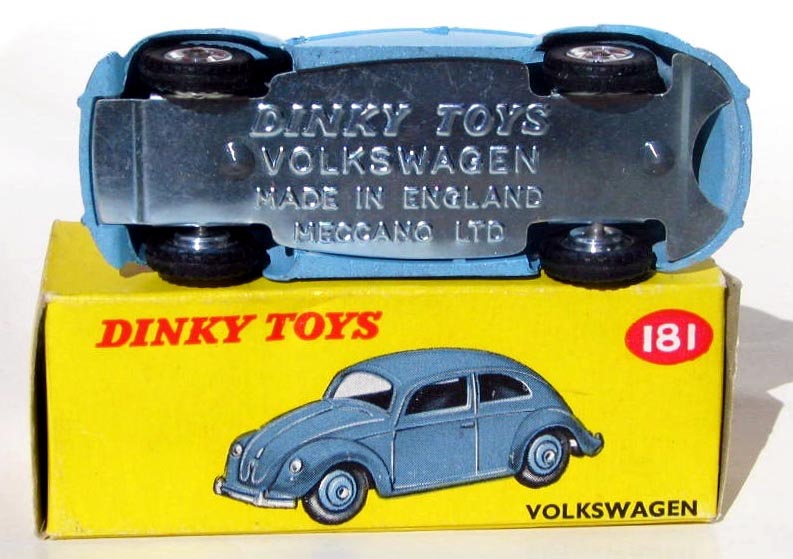
Jan,
The reason for these base plates being grey is that they are made of tin plate which is bare sheet metal electroplated with tin. This treatment makes them rust proof better than by browning (bruno finish). The cost of treatment and availability of ready plated reals is also to be taken into account.
Previous base plates are wrongly described as tin plate as they were also sheet metal but protected by browning or enameling with paint.
Jacques
Actually, Jan did not ask the question that you answered. His question was:
The early one has the regular 1950s base plate, the later one the smooth shiny base plate. Lettering is the same, but the early one shows the catalogue number 181 and on the other one this appears to have been deleted.
With what change does this transition coincide?
The introduction of the 262 Swiss Post Car in 1959 or the introduction of the shiny base plates and spun hubs, about 1960/61? Your comment is appeciated!
Bruce
My 262 Swiss PTT VW has the gloss baseplate without the reference number 181.
Are there any 262 with the brown finish (brunofix)?
Having just acquired an early grey 181 VW, I was prompted to check my other two 181s, both earlier cast-wheel models, to check for any differences. Finding none, I looked at images on Google and discovered that as well as losing the catalogue number, the small pressed "dimple" above the letter "Y" of Dinky (clearly seen in Jan's photo) seemed to disappear at the same time, co-incidentally with the introduction of spun wheels and/or the Swiss 262 version. Can anyone speculate on the purpose of the dimple, and why it was deemed necessary to delete it? It is interesting to note that the recent Atlas copy has spun wheels, embossed 181 but no dimple ! I also wondered how many colours were used - I have them in pale grey, lime green (like two-tone Austin Devon), and greyish-blue. I know there was a sky blue, and I have seen photos of what appear to be cream and pale green versions too.
Thanks Jan, these are the colours that I am familiar with, perhaps the others I mentioned were repaints, or affected by lighting.
Kevin.
Hi from NZ,
I have just obtained a 181 Volkswagen with an unpainted base (factory done). This made me check the tread on the 181 and have another 'contribution' with a light grey VW with the dimple on the base but NO reference number (181), so the deletion of the number did not happen at the same time as the dimple disappearing. However, I find I don't actually have a Beetle with refrence number on the base. Something to look for?
Ron
A friend of mine popped along yesterday to show the anonymous Volkwagen with mid-1950s oval rear window below. The base plate is completely bare. Its dimensions are similar with the Dinky Toy, but it's less slim, wider, fore and aft, and many tiny details are obviously different. Does anybody know about its origin, manufacturer? Some comparative pictures below. Kind regards, Jan
This is obviously a different casting from a different mould. The hubs are Dinky but has this model been made be Meccano Ltd. They are too many differences : three rivets, front axle suports, base plate shape etc... Has the mould been made by an aprentice and rejected ? has this model been made by an other manufacturer ? Perhaps Vic can tell us more about this one although it was probably made before Vic joined Meccano Ltd.
An other of the many Meccano mysteries.
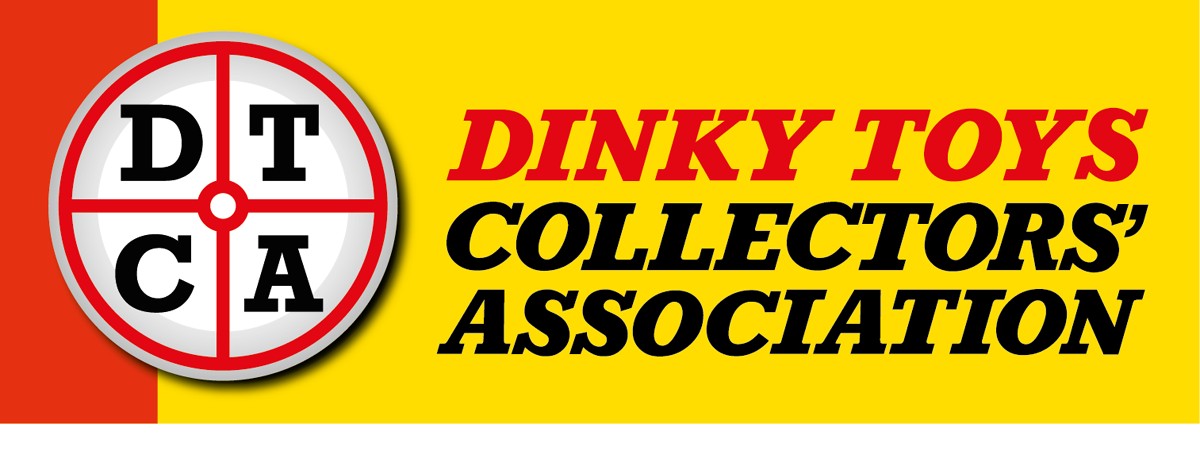


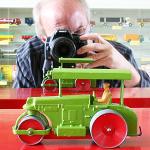
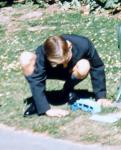
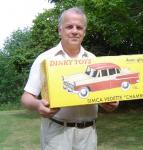

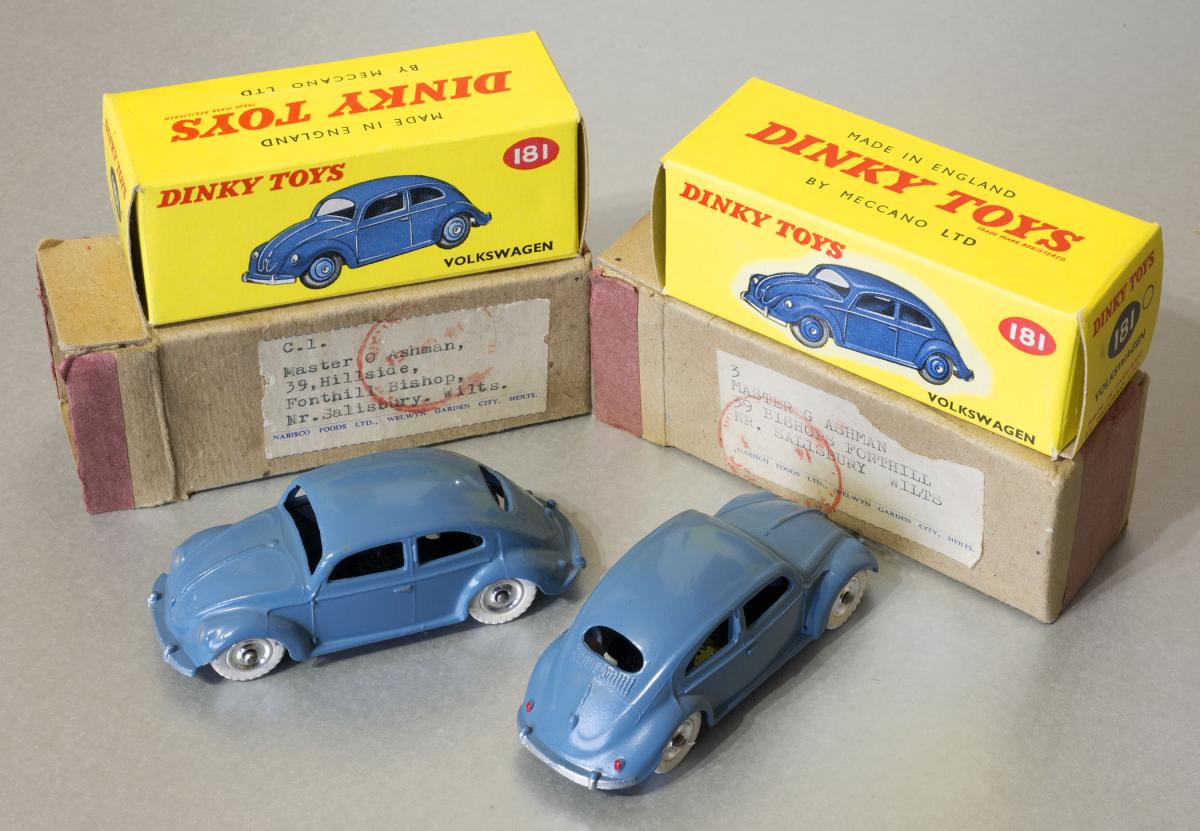
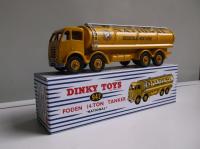
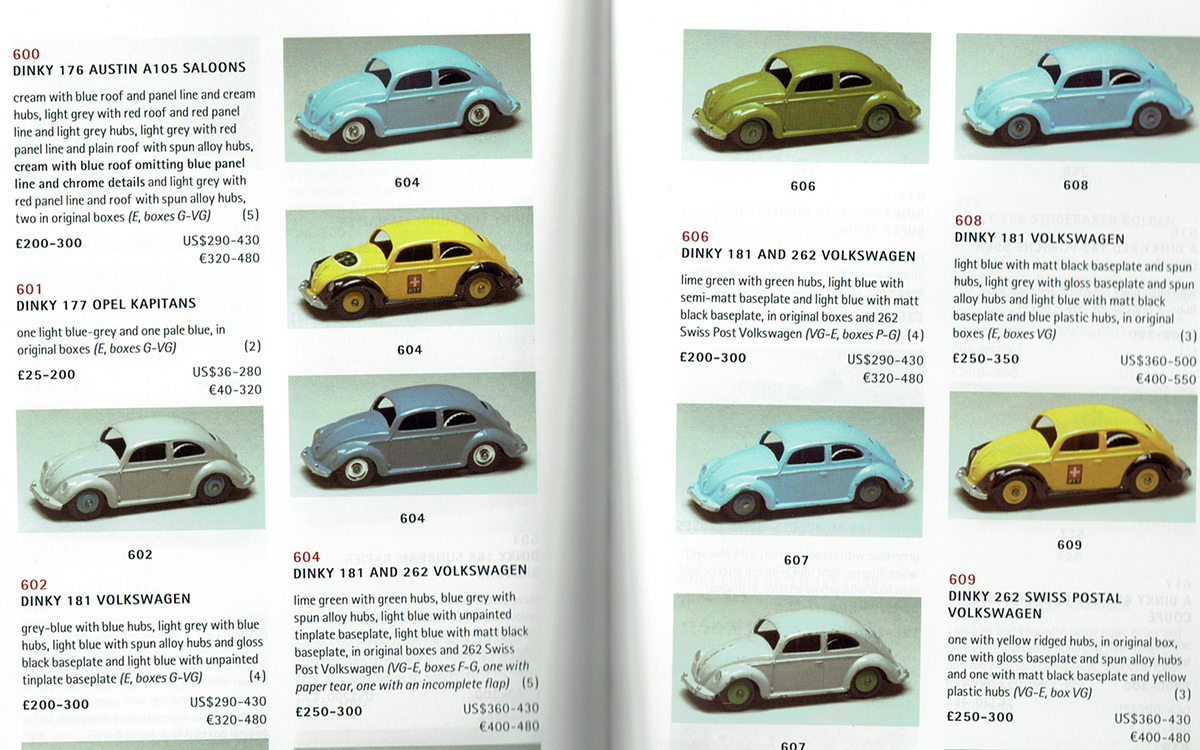
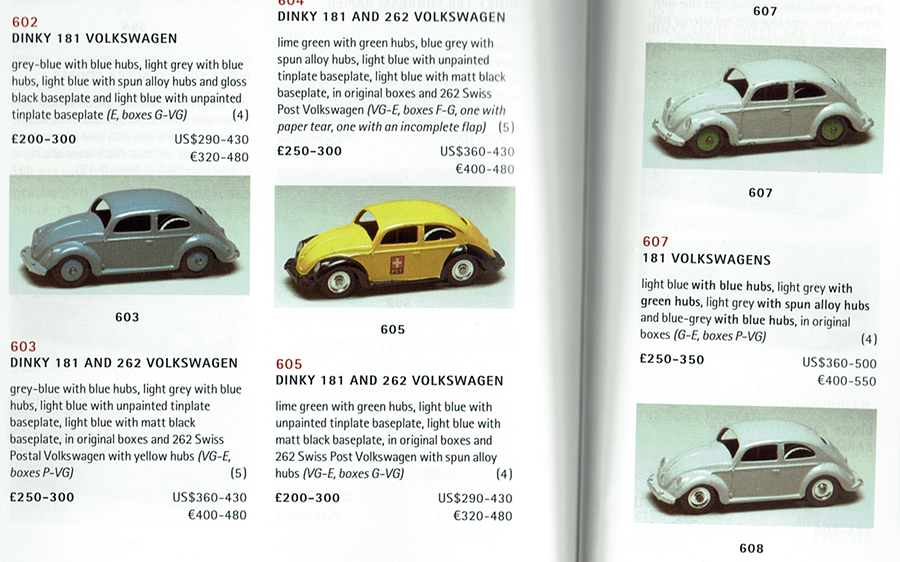
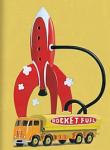
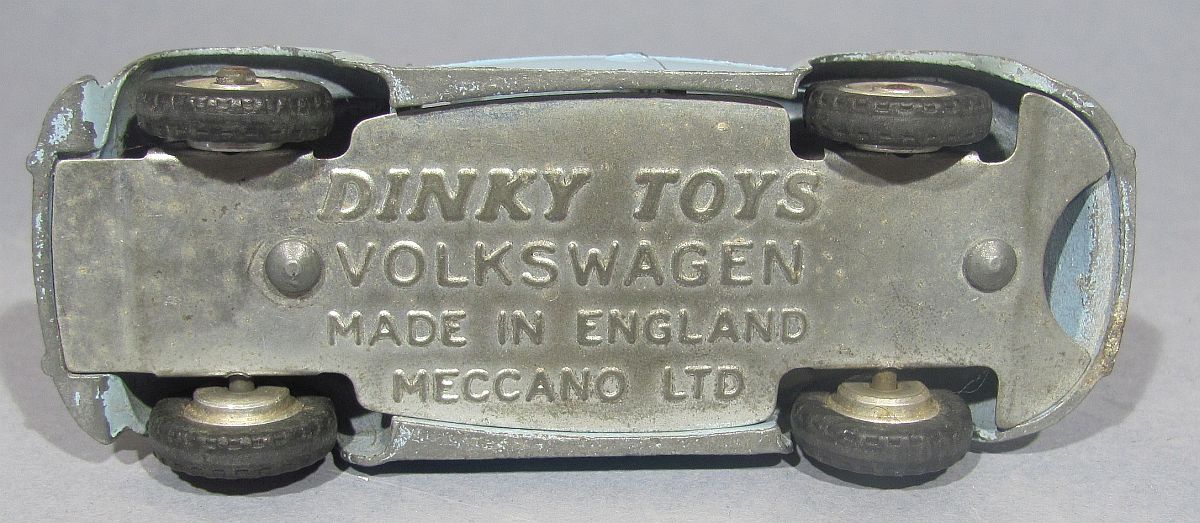
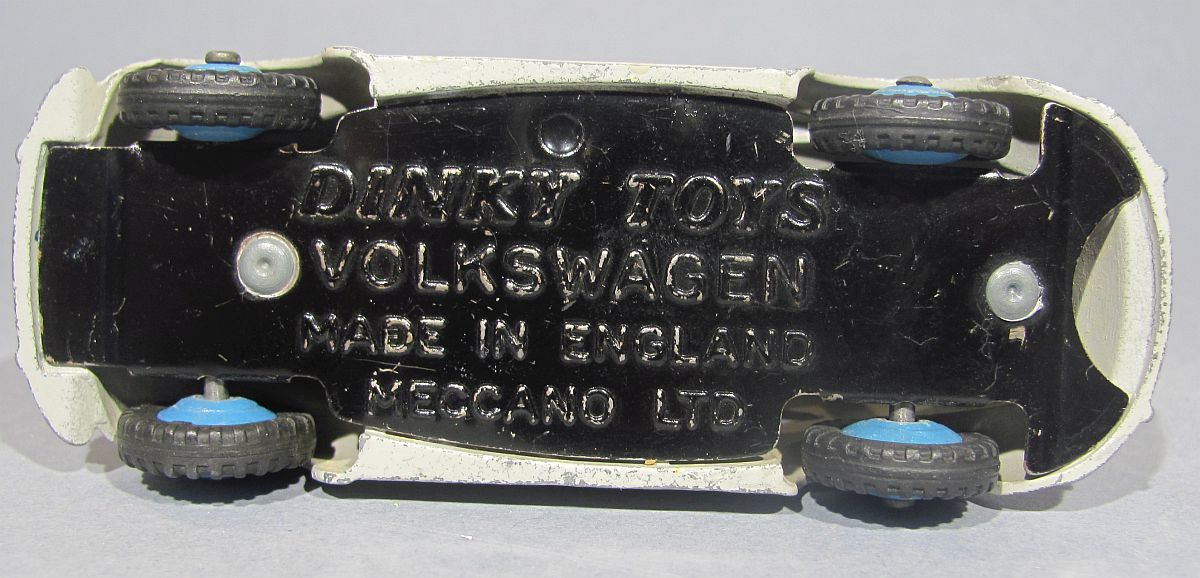
-073 Land Rover, Horse Box and Horse (1960-67)
DTCAwebsite upgrade 2023
DTCAwebsite upgrade 2023
-105c and 383 4-Wheel Hand Truck (1949-1958)
-105c and 383 4-Wheel Hand Truck (1949-1958)
DTCAwebsite upgrade 2023
DTCAwebsite upgrade 2023
DTCAwebsite upgrade 2023
DTCAwebsite upgrade 2023
DTCAwebsite upgrade 2023
DTCAwebsite upgrade 2023
DTCAwebsite upgrade 2023
DTCAwebsite upgrade 2023
DTCAwebsite upgrade 2023
DTCAwebsite upgrade 2023
DTCAwebsite upgrade 2023
DTCAwebsite upgrade 2023
DTCAwebsite upgrade 2023
--22c Motor Truck (1933-50)
--22c Motor Truck (1933-50)
DTCAwebsite upgrade 2023
DTCAwebsite upgrade 2023
Trailer Caravans
Trailer Caravans
DTCAwebsite upgrade 2023
DTCAwebsite upgrade 2023
DTCAwebsite upgrade 2023
DTCAwebsite upgrade 2023
Trailer Caravans
Trailer Caravans
-138 Hillman Imp (1963-73)
-537 Renault 16 TL
-189 Triumph Herald Saloon (1959-64)
-255 Mersey Tunnel Police Van (1955-61)
DTCAwebsite upgrade 2023